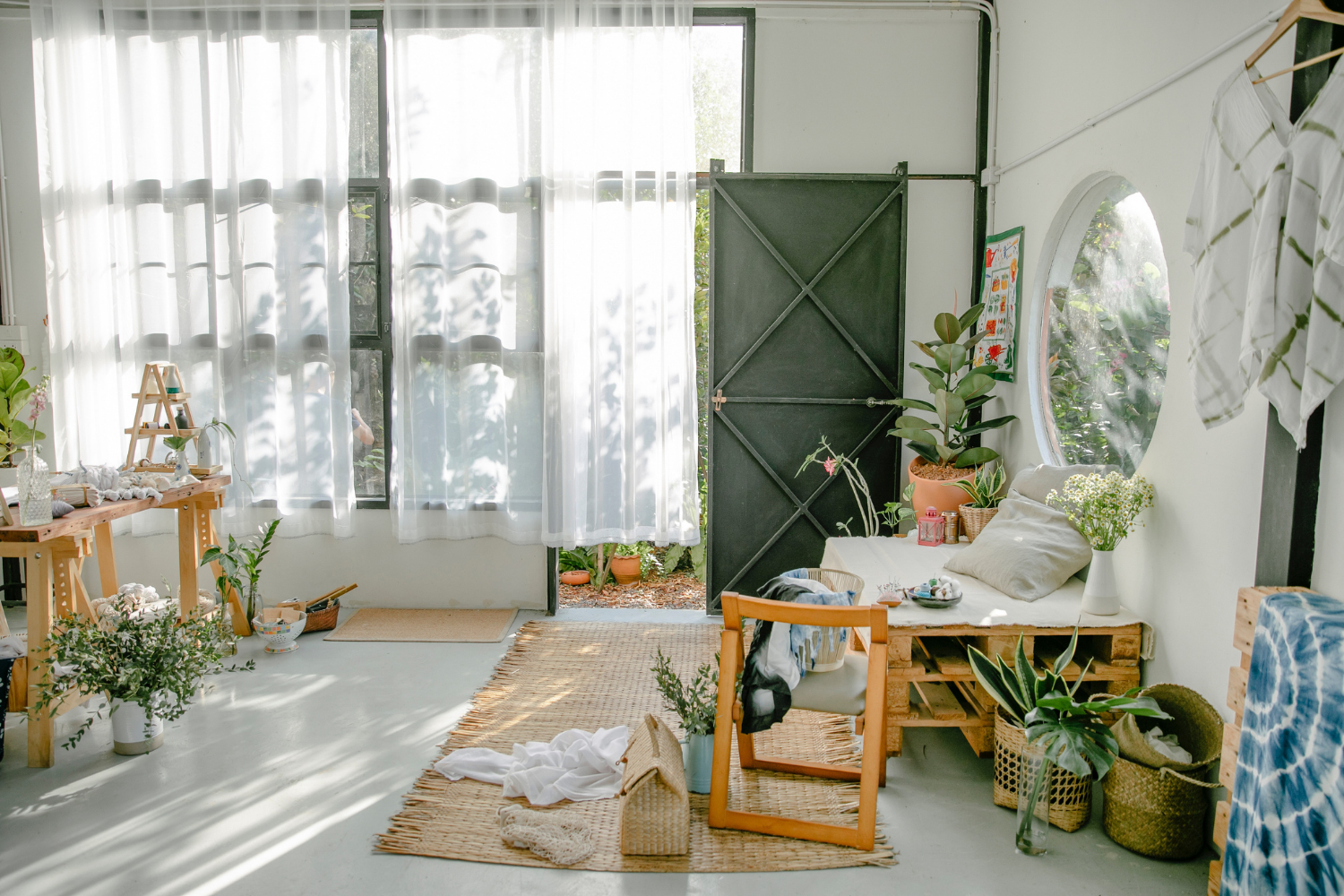
17 Essential Design Styles Everyone Should Know
No one wants to be put in a box, particularly when it comes to design. Gone are the days when showrooms and well-designed homes were crafted to be picture-perfect representations of a particular aesthetic or design school. Today, good design is all about blending and adapting design styles to suit your space, tastes, and personal style. It’s all about drawing inspiration from different design styles and putting them together in a way that feels cohesive, is aesthetically pleasing, and—most importantly—fulfills the needs of the people using the space.
1. Modern:max_bytes(150000):strip_icc():format(webp)/amberpiercedesigns_94245678_246906263098367_6602503767603389645_n-1b7ab072891a4e30bcb9314acafadc5c.jpg)
Modern décor may be one of the broadest and most adaptable essential design styles: Elements of it are seen in midcentury modern, Scandinavian, minimalist, transitional, and art deco design, to name a few. Still, modern design has a few basic elements that define it. Modern spaces are typically streamlined, with crisp lines and edges. They’re often understated and use color palettes of either complementary hues or shades of gray, black, and white. Both natural materials and metals have a space in modern décor, depending on how they’re applied.
While modern design can be adapted in innumerable ways, it’s typically less busy and relies more heavily on straight lines and right angles than traditional design.
2. Midcenturt Modern :max_bytes(150000):strip_icc():format(webp)/Emily-Henderson_Living-Room_Rules_Spacing_Pics_9-185f2f97721c4d32a932ff7ea1a1833a.jpg)
Midcentury modern decor has a signature simplicity of form: Furniture channeling this style tends to be low to the ground and compact, and the overall look features futuristic tendencies (think headrests shaped like amoeba or coffee tables shaped like boomerangs) and solid colors. This style is extremely popular, with good reason. It prizes functionality, is hyper adaptable, and plays well with elements of other styles, which allows midcentury modern features to be incorporated easily into nearly any space. Midcentury modern design is set apart from modern design by its broader use of color (particularly pastel pinks, earth tones, and primary colors) and softer, more rounded silhouettes.
3. Art Decor:max_bytes(150000):strip_icc():format(webp)/Capturedecran2017-04-27a14.53.49-57545115382e471caf78c0892173d3ff.png)
The glamorous, jewel-toned cousin of modern design, Art Deco has set itself apart as an undeniably luxe style. Popularized in the 1920s, ’30s, and ’40s, this essential design style is characterized by geometric patterns, symmetry, bold colors, and metallic finishes. Though often pared down a bit to appeal to modern sensibilities, Art Deco feels retro, playful, and visually interesting: Think of it as the flashy predecessor to midcentury modern design.
:max_bytes(150000):strip_icc():format(webp)/transitional-design-ideas-8-reena-sotropa-hampton-heights-f9f1ac3b8ef9475ca0514c8ae4b393c0.jpeg)
Transitional style is, at its most basic, a blend of traditional and modern or contemporary design elements. It capitalizes on the beauty and familiarity of traditional design—using traditional layouts, materials, or silhouettes—and then incorporates modern features to keep spaces feeling fresh and casual. A hallmark of transitional style is pairing very traditional items such as crown molding or classic printed wallpaper with unmistakably modern touches: Think a classic, mantled fireplace balanced out by a contemporary curved sofa. While it’s technically a balance of the two styles, transitional style can lean more traditional or modern, depending on the space and the owners’ tastes.
5. Minimalist :max_bytes(150000):strip_icc():format(webp)/cdn.cliqueinc.com__cache__posts__195935__minimalist-interior-design-195935-1518476982154-main.700x0c-4988136be4954b0bbadf5682f2e5aaaf.jpg) Both popular (particularly in recent years) and polarizing, minimalist design follows the core tenet of minimalism that says less is more. While the style is technically rooted in the 1960s art movement of the same name, modern takes on minimalist style are all about simplicity, neutral color palettes, and straight, clean lines. Minimalist design spurns clutter and excessive tchotchkes and prioritizes functionality. Today, minimalist spaces can be pared-down and sparse or spacious with just a few luxe items, though nearly all spaces incorporate natural light and materials and an open flow. Minimalist homes are not infrequently all-white, though plenty of minimalist spaces now include the careful inclusion of color and natural finishes.
Both popular (particularly in recent years) and polarizing, minimalist design follows the core tenet of minimalism that says less is more. While the style is technically rooted in the 1960s art movement of the same name, modern takes on minimalist style are all about simplicity, neutral color palettes, and straight, clean lines. Minimalist design spurns clutter and excessive tchotchkes and prioritizes functionality. Today, minimalist spaces can be pared-down and sparse or spacious with just a few luxe items, though nearly all spaces incorporate natural light and materials and an open flow. Minimalist homes are not infrequently all-white, though plenty of minimalist spaces now include the careful inclusion of color and natural finishes.
6. Wabi-Sabi :max_bytes(150000):strip_icc():format(webp)/9-JennaPeffley-9d73c9bd05cc41c69473f087ba5ea410.jpg)
Inspired by the Japanese philosophy of the same name, this design style is more about an attitude or overall approach than specific décor features. It celebrates slow living, the beauty of nature, and imperfect but aesthetically pleasing items. Spaces following the wabi-sabi approach are uncluttered, soothing, and unassuming, with clean lines, natural materials, and restrained color schemes.
7. Scandinavian:max_bytes(150000):strip_icc():format(webp)/cdn.cliqueinc.com__cache__posts__252735__scandinavian-interior-design-ideas-252735-1521559313570-image.700x0c-158768513a9649afabdb2f0f8c531935.jpg) Scandinavian design is closely related to minimalist design, though it’s set apart by plush textures and a dedication to coziness. Spaces decorated in this style are often layered and full of natural light. Color palettes tend to be monochromatic, with plenty of shades of black, white, and gray and wood textures to keep the atmosphere warm. Furs (and faux furs) are a common indicator that a space is designed with Scandinavian style in mind, rather than minimalist style.
Scandinavian design is closely related to minimalist design, though it’s set apart by plush textures and a dedication to coziness. Spaces decorated in this style are often layered and full of natural light. Color palettes tend to be monochromatic, with plenty of shades of black, white, and gray and wood textures to keep the atmosphere warm. Furs (and faux furs) are a common indicator that a space is designed with Scandinavian style in mind, rather than minimalist style.
8. Maximalist :max_bytes(150000):strip_icc():format(webp)/cdn.cliqueinc.com__cache__posts__267261__maximalist-decor-267261-1536611742962-main.700x0c-fd13df77e3734efcb4345800d4387622.jpg) On the opposite end of the design spectrum from minimalist design is, of course, maximalist design. This style celebrates abundance, boldness, and the mixing of colors, patterns, and textures. Common maximalist features include busy wallpaper prints, bold (and, often, layered) floor coverings, full gallery walls, and displayed collections. Maximalism draws on many different design styles, but applies any design rules or features as loudly and boldly as possible. It has many of the same features as grandmillennial and eclectic design, just applied with a more-is-more approach.
On the opposite end of the design spectrum from minimalist design is, of course, maximalist design. This style celebrates abundance, boldness, and the mixing of colors, patterns, and textures. Common maximalist features include busy wallpaper prints, bold (and, often, layered) floor coverings, full gallery walls, and displayed collections. Maximalism draws on many different design styles, but applies any design rules or features as loudly and boldly as possible. It has many of the same features as grandmillennial and eclectic design, just applied with a more-is-more approach.
9. Eclectic:max_bytes(150000):strip_icc():format(webp)/michelle-gage-eagle_rd_living_room_07_hr-cfa9f57a444445049ae9bce63b269677.jpg)
With its mixing, matching, and layering mentality, eclectic design is very similar to maximalism—except eclectic spaces typically balance out their signature blend of multiple design styles with neutral bases. Picture a tufted sofa with patterned, layered rugs and a rounded coffee table with metallic finishes set against a white wall. If maximalism is a direct more-is-more attitude, eclectic design celebrates that more is more—and then tempers that mentality with neutral walls or unobtrusive flooring (under bright rugs, of course).
10. Farmhouse :max_bytes(150000):strip_icc():format(webp)/amybartlam_116873457_2759379417625168_5968255038063510955_n-2cdf98893cd74b9cad928cfe74a1921c.jpg) Now used (and loved) in urban, suburban, and rural homes alike, farmhouse design has an enduring charm and welcoming feel that’s difficult to resist. In practice, it’s often warmer, more modern, and more colorful than rustic design, though farmhouse design can certainly lean more rustic with the right elements. It inspires nostalgia and is characterized most typically by open shelving, exposed beams, mixed finishes, natural woods, and, of course, shiplap accents. Industrial details, subway tile, neutral color schemes, and open floor plans are also popular elements of farmhouse design.
Now used (and loved) in urban, suburban, and rural homes alike, farmhouse design has an enduring charm and welcoming feel that’s difficult to resist. In practice, it’s often warmer, more modern, and more colorful than rustic design, though farmhouse design can certainly lean more rustic with the right elements. It inspires nostalgia and is characterized most typically by open shelving, exposed beams, mixed finishes, natural woods, and, of course, shiplap accents. Industrial details, subway tile, neutral color schemes, and open floor plans are also popular elements of farmhouse design.
11. Modern Rustic :max_bytes(150000):strip_icc():format(webp)/ScreenShot2020-08-06at1.10.39PM-8e0e118378d544559f4beb21fe9f378c.png) Bursting with character, modern rustic décor relies on raw and natural materials to create spaces that are spare without feeling cold. More subtle than the much-loved farmhouse style, modern rustic design melds distressed, textured, reclaimed, or refurbished surfaces and items with the clean and simple lines of modern design. Spaces decorated in this style will typically have neutral color palettes, original and/or exposed architectural details, and a careful balance of rustic and modern features.
Bursting with character, modern rustic décor relies on raw and natural materials to create spaces that are spare without feeling cold. More subtle than the much-loved farmhouse style, modern rustic design melds distressed, textured, reclaimed, or refurbished surfaces and items with the clean and simple lines of modern design. Spaces decorated in this style will typically have neutral color palettes, original and/or exposed architectural details, and a careful balance of rustic and modern features.
12. Antique Farmhouse :max_bytes(150000):strip_icc():format(webp)/antique-farmhouse-decor-6-bespoke-only-clinton-hill-2-e38a957eba514f1ea71abe64741a4880.jpeg) Antique farmhouse décor is less polished than modern farmhouse design and more curated than rustic design, which tends to be more spare. Followers of antique farmhouse décor lean into genuine antiques and items with true signs of wear, rather than new items that are distressed or painted to look aged. This design style often features chipped paint, metals with well-earned patina, and worn-in upholstery. Upcycled or repurposed items such as crates, canvas bags, milk jugs, and the like are also popular in this style.
Antique farmhouse décor is less polished than modern farmhouse design and more curated than rustic design, which tends to be more spare. Followers of antique farmhouse décor lean into genuine antiques and items with true signs of wear, rather than new items that are distressed or painted to look aged. This design style often features chipped paint, metals with well-earned patina, and worn-in upholstery. Upcycled or repurposed items such as crates, canvas bags, milk jugs, and the like are also popular in this style.
13. French Country :max_bytes(150000):strip_icc():format(webp)/C0231_0029-03c624c010724449952d345c8a97491a.jpg) Described in a word, French country design is quaint. It has the same lived-in, antique-loving approach as rustic and farmhouse design, but French country–inspired spaces have a faded opulence and subtle sophistication about them that perfectly channels the feel of an aged but lovingly maintained countryside chateau. Colors used in this style tend to be nature-inspired, timeless, and warm, and furnishings are often mismatched, restored, and full of character.
Described in a word, French country design is quaint. It has the same lived-in, antique-loving approach as rustic and farmhouse design, but French country–inspired spaces have a faded opulence and subtle sophistication about them that perfectly channels the feel of an aged but lovingly maintained countryside chateau. Colors used in this style tend to be nature-inspired, timeless, and warm, and furnishings are often mismatched, restored, and full of character.
14. English Cottage :max_bytes(150000):strip_icc():format(webp)/CherryVintageHome1-4c8f65ce55364a349ac9ee7bfe91567f.jpg) The precursor to cottagecore, English cottage design is, of course, inspired by the traditional cottages of rural England. Rustic, cozy, and homey, this style is relaxed and accessible. Common elements of this design style include wood and brick surfaces, pastels and other muted colors, lush greenery, and natural accents. As with farmhouse design, exposed beams, raw finishes, and wall paneling are popular in English cottage style, though this style leans more quaint and cozy, while farmhouse-inspired spaces tend to be larger and more open.
The precursor to cottagecore, English cottage design is, of course, inspired by the traditional cottages of rural England. Rustic, cozy, and homey, this style is relaxed and accessible. Common elements of this design style include wood and brick surfaces, pastels and other muted colors, lush greenery, and natural accents. As with farmhouse design, exposed beams, raw finishes, and wall paneling are popular in English cottage style, though this style leans more quaint and cozy, while farmhouse-inspired spaces tend to be larger and more open.
15. Modern Coastal:max_bytes(150000):strip_icc():format(webp)/modern-coastal-design-ideas-2-becca-interiors-soho-loft-94520e7a4abe463daa3cf009d2451488.jpeg) More high-end beach home than rustic seaside cottage, modern coastal décor leans heavily on elements of modern design to channel a relaxed, beachy attitude. Spaces using modern coastal décor are often by the shore, sure, but they pay tribute to their location subtly, with touches such as seagrass rugs, upscale driftwood accents, and the like. The style is so appreciated that it’s become popular in non-coastal locations, too, as people make the most of woven textures and dreamy beach-inspired color palettes.
More high-end beach home than rustic seaside cottage, modern coastal décor leans heavily on elements of modern design to channel a relaxed, beachy attitude. Spaces using modern coastal décor are often by the shore, sure, but they pay tribute to their location subtly, with touches such as seagrass rugs, upscale driftwood accents, and the like. The style is so appreciated that it’s become popular in non-coastal locations, too, as people make the most of woven textures and dreamy beach-inspired color palettes.
16. Mediterranean:max_bytes(150000):strip_icc():format(webp)/cornerhousecreatives-40e6cff8e889406ea96dc7cde4f0e1cf.jpeg) Typically more pared-down than even modern coastal design, Mediterranean design is where minimalist attitudes and coastal styles meet. Mediterranean design is a little trickier to pin down than other styles, but you know it when you see it: It uses texture—often in the form of plaster walls—to channel a more rugged feel than modern or minimalist décor and uses archways, little to no wall adornment, and plenty of natural finishes and details to further set itself apart. If, when looking at a space, you’d imagine it perched on a picturesque cliff above the Mediterranean Sea, you’re likely looking at some interpretation of Mediterranean design.
Typically more pared-down than even modern coastal design, Mediterranean design is where minimalist attitudes and coastal styles meet. Mediterranean design is a little trickier to pin down than other styles, but you know it when you see it: It uses texture—often in the form of plaster walls—to channel a more rugged feel than modern or minimalist décor and uses archways, little to no wall adornment, and plenty of natural finishes and details to further set itself apart. If, when looking at a space, you’d imagine it perched on a picturesque cliff above the Mediterranean Sea, you’re likely looking at some interpretation of Mediterranean design.
17. French :max_bytes(150000):strip_icc():format(webp)/IMG_0361-4399676f0e604fe581b30948c2a0cefb.jpg) French décor is undeniably elegant. It tends to lean into opulence, though the popularity of vintage and antique accents in this style keeps it feeling refined, not flashy. Color schemes associated with this style are often muted, allowing large-scale focal points—such as a dramatic, traditional four-poster bed, an eye-grabbing chandelier, or an oversized gilt mirror—to shine.
French décor is undeniably elegant. It tends to lean into opulence, though the popularity of vintage and antique accents in this style keeps it feeling refined, not flashy. Color schemes associated with this style are often muted, allowing large-scale focal points—such as a dramatic, traditional four-poster bed, an eye-grabbing chandelier, or an oversized gilt mirror—to shine.
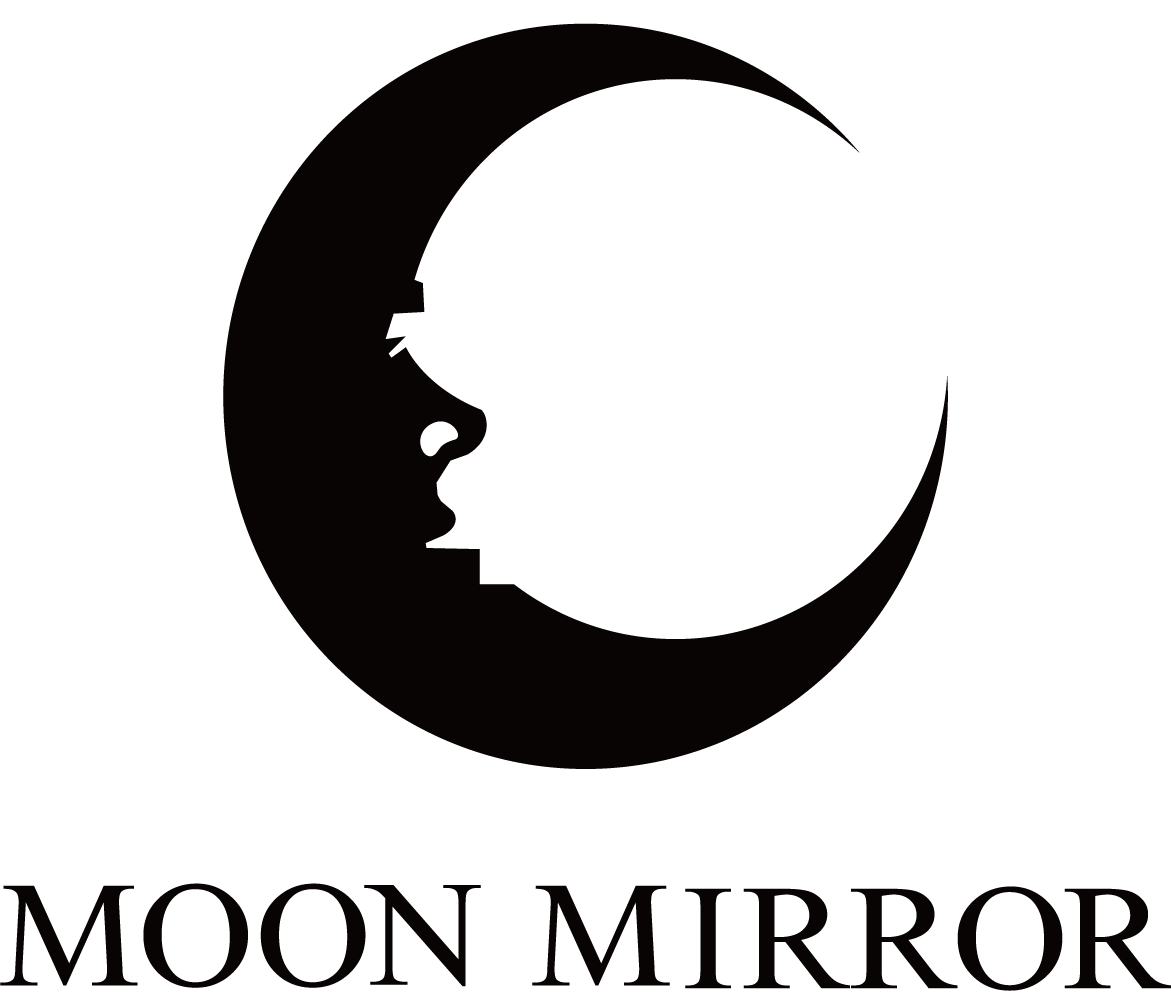





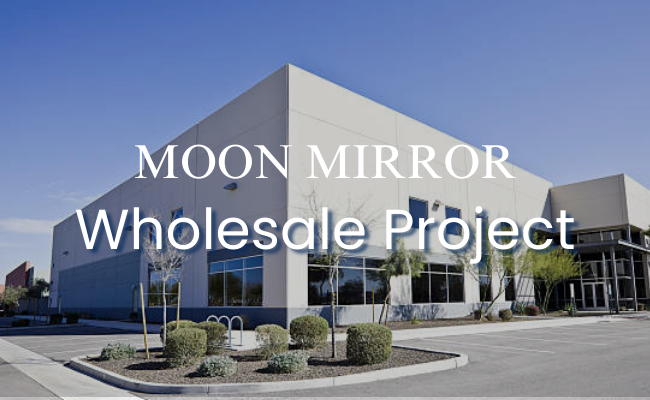

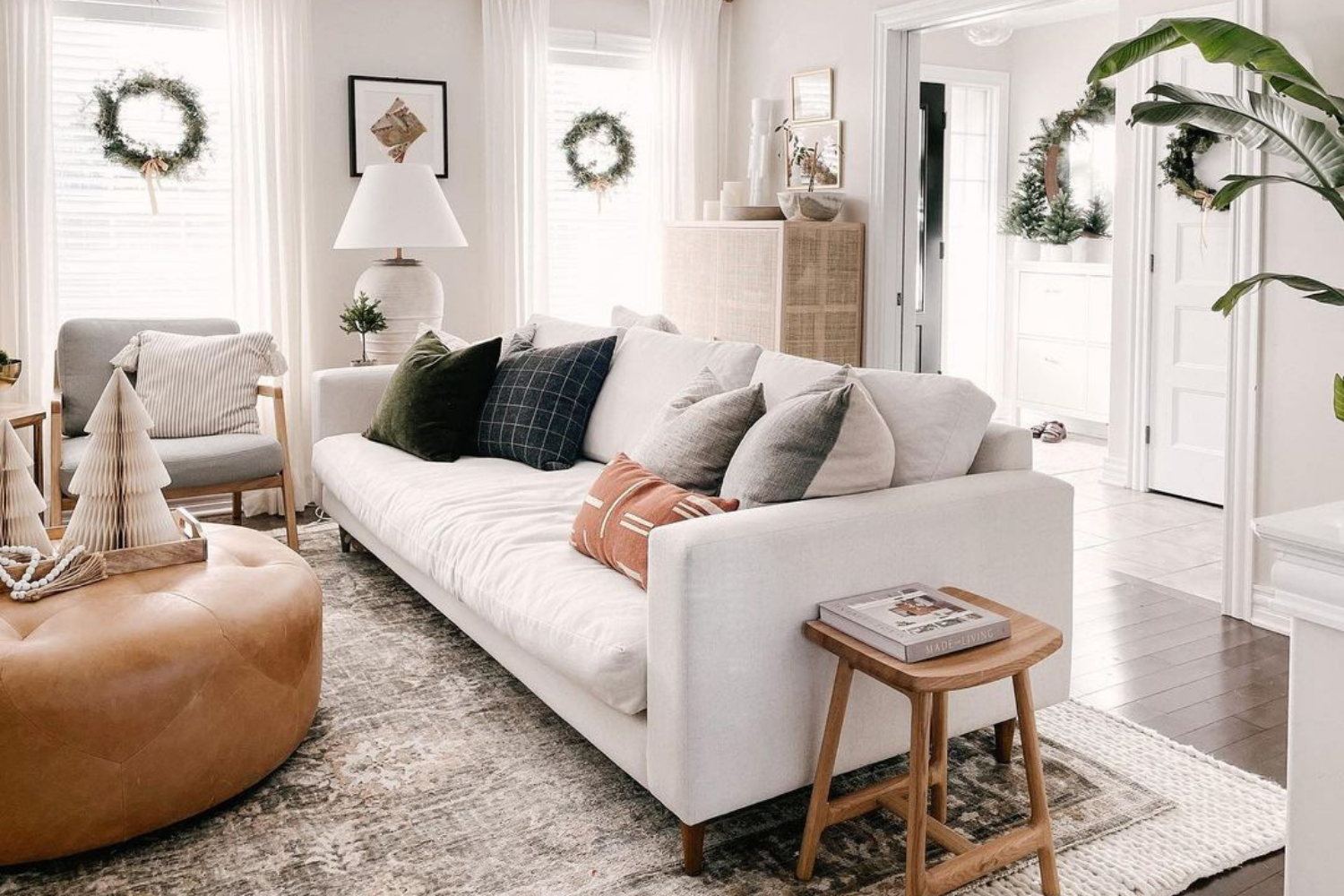
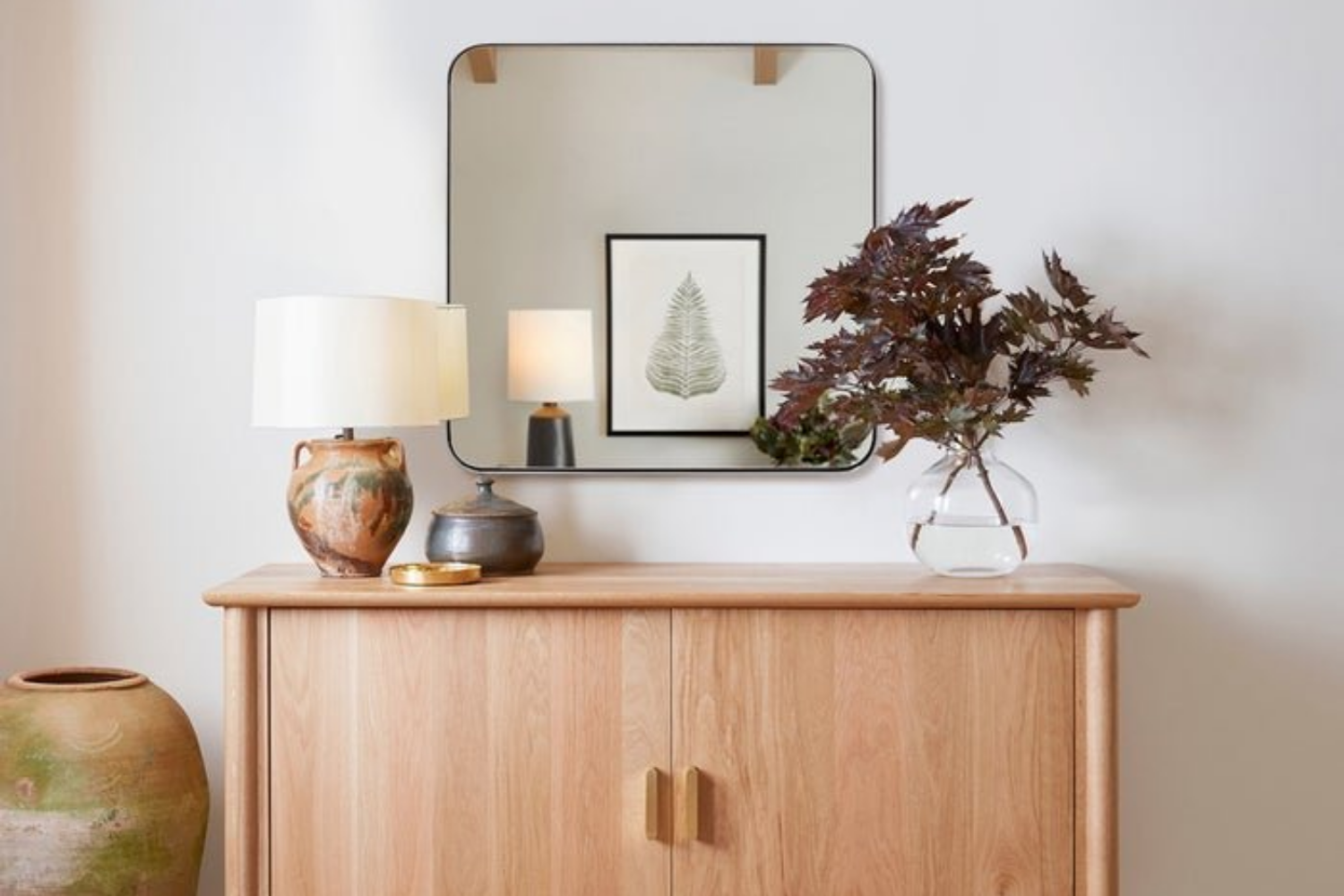













Leave a comment
This site is protected by hCaptcha and the hCaptcha Privacy Policy and Terms of Service apply.